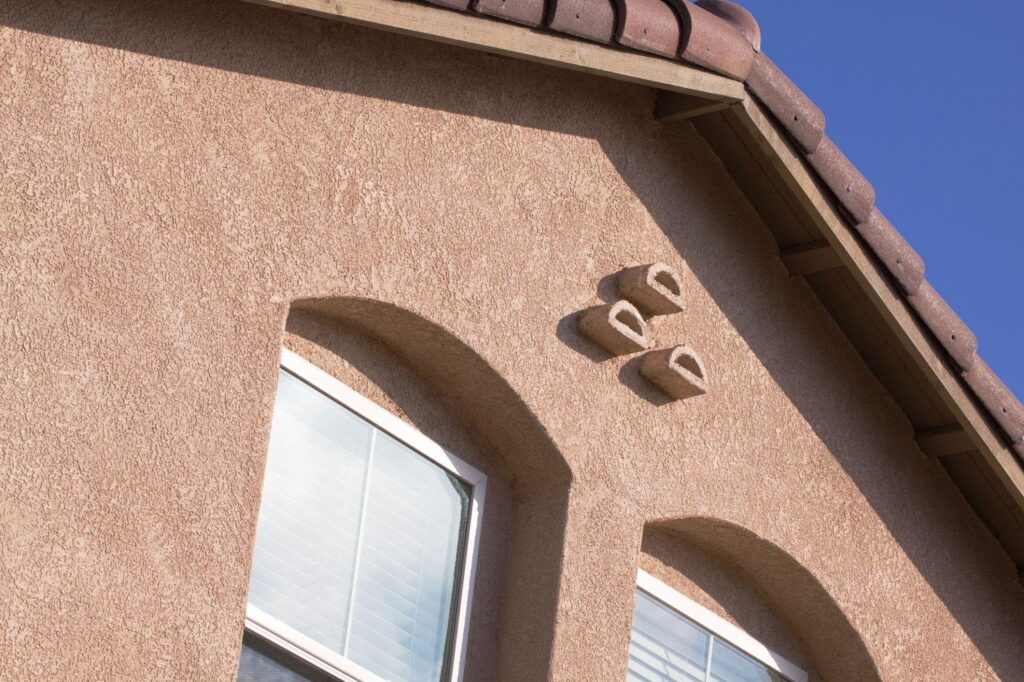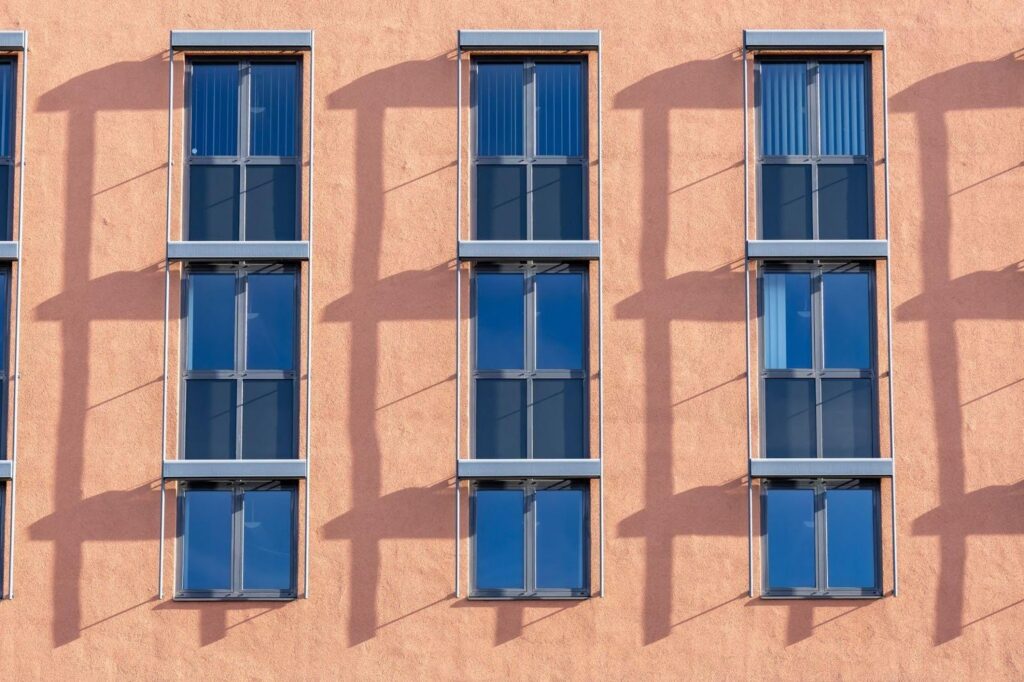Stucco is a durable exterior finish that enhances energy efficiency in modern homes through its thermal mass properties. By regulating indoor temperatures, it reduces heating and cooling costs while offering long-term durability. Proper installation maximizes stucco insulation benefits, making it a sustainable choice for eco-friendly building solutions.
Compared to other siding materials, stucco stands out for its weather resistance and energy-saving potential, contributing to a more comfortable and cost-effective living environment.
Table of Contents
- The Role of Stucco Insulation in Modern Homes
- Comparing Stucco to Other Siding Materials for Energy Savings
- Eco-Friendly Advantages of Choosing Stucco for Your Home
- Final Thoughts on Leveraging Stucco for Energy-Efficient Living
As energy costs rise and environmental concerns grow, homeowners are increasingly seeking ways to improve their home’s efficiency. Stucco enhances curb appeal and offers significant energy-saving advantages through its thermal mass properties. By absorbing and releasing heat gradually, it helps maintain consistent indoor temperatures, reducing reliance on heating and cooling systems.
For homeowners considering this upgrade, understanding the full scope of stucco insulation benefits can make a significant difference. From weather resistance to long-term durability, stucco stands out as a practical option for modern homes. Its ability to regulate indoor temperatures contributes to both comfort and cost savings, making it an attractive choice for those prioritizing sustainability and energy efficiency.
The Role of Stucco Insulation in Modern Homes
Stucco insulation plays a vital role in enhancing the energy efficiency and comfort of modern homes. Its unique properties make it an excellent choice for homeowners seeking sustainable and cost-effective solutions. By understanding how stucco contributes to thermal performance, you can make informed decisions about its application and benefits.
How Stucco’s Thermal Mass Improves Energy Efficiency
One of the standout features of stucco is its thermal mass, which helps regulate indoor temperatures. This property allows stucco to:
- Absorb heat during the day and release it slowly at night, reducing temperature fluctuations.
- Minimize reliance on heating and cooling systems, lowering energy consumption.
- Enhance overall comfort by maintaining consistent indoor conditions.
This natural ability to moderate temperatures makes stucco a practical choice for energy-efficient home design.
Additional Benefits of Stucco Insulation
Beyond thermal mass, stucco offers several other advantages that contribute to energy savings and durability:
- Weather Resistance: Stucco’s dense composition protects against moisture, wind, and extreme temperatures.
- Longevity: As a durable material, stucco requires minimal maintenance, ensuring long-term performance.
- Aesthetic Appeal: Its sleek finish complements modern architecture while providing functional benefits.
By combining these features, stucco not only enhances energy efficiency but also adds value to your home. Proper installation and attention to detail further amplify its insulation benefits, making it a worthwhile investment for eco-conscious homeowners.
Comparing Stucco to Other Siding Materials for Energy Savings
When choosing an exterior finish, it’s important to weigh the energy-saving potential of stucco against other popular siding materials. Each option has unique properties that impact thermal performance, durability, and sustainability. By comparing these materials, homeowners can make informed decisions that align with their energy efficiency goals.
Stucco vs. Vinyl Siding
Vinyl siding is a common choice due to its affordability, but it falls short in terms of energy efficiency compared to stucco:
- Insulation: Vinyl lacks thermal mass, making it less effective at regulating indoor temperatures.
- Durability: While lightweight, vinyl is more prone to damage from extreme weather conditions.
- Lifespan: Stucco outlasts vinyl, reducing long-term replacement costs and environmental impact.
Stucco vs. Brick
Brick is another durable option, but stucco offers distinct advantages:
- Weight: Stucco is lighter than brick, reducing structural strain on the home.
- Cost: Installing stucco is often more budget-friendly than brick while delivering similar energy benefits.
- Versatility: Stucco can be customized in texture and color, offering greater design flexibility.
Why Stucco Stands Out
Combination of thermal mass, weather resistance, and sustainability makes stucco a superior choice for energy-conscious homeowners. Unlike vinyl or brick, it balances performance with aesthetics, providing both functionality and visual appeal. This versatility ensures stucco remains a top contender for modern homes seeking long-term energy savings.
Eco-Friendly Advantages of Choosing Stucco for Your Home

In an era of growing environmental awareness, homeowners are increasingly prioritizing sustainable building materials. Stucco stands out as an eco-friendly option that aligns with green living principles. Its energy efficiency, durability, and minimal environmental impact make it a smart choice for those seeking to reduce their carbon footprint while enhancing their home’s performance.
Sustainable Material Composition
Stucco is composed of natural materials like cement, sand, lime, and water, which contribute to its eco-friendly profile:
- Low Environmental Impact: The raw materials used in stucco production are abundant and require minimal processing.
- Recyclability: Damaged or old stucco can often be repurposed or recycled, reducing construction waste.
- Non-Toxic: Unlike some synthetic siding options, stucco does not release harmful chemicals into the environment.
Energy Efficiency and Reduced Emissions
By improving a home’s energy efficiency, stucco indirectly supports environmental conservation:
- Lower Energy Consumption: Stucco’s thermal mass reduces the need for constant heating and cooling, cutting down on fossil fuel usage.
- Decreased Carbon Footprint: Homes with stucco exteriors often rely less on HVAC systems, leading to fewer greenhouse gas emissions.
Longevity and Resource Conservation
Stucco’s durability translates into long-term sustainability benefits:
- Minimal Maintenance: Stucco requires little upkeep, reducing the need for chemical treatments or frequent replacements.
- Extended Lifespan: A well-installed stucco finish can last decades, minimizing resource use over time.
By choosing stucco, homeowners not only invest in a high-performing exterior but also contribute to a more sustainable future. Its blend of eco-friendly properties and practical benefits makes it an ideal solution for modern, energy-efficient homes.
Final Thoughts on Leveraging Stucco for Energy-Efficient Living
Stucco is more than just an exterior finish; it’s a practical solution for enhancing energy efficiency and sustainability in modern homes. Its thermal mass properties, durability, and eco-friendly advantages make it a standout choice for homeowners seeking long-term savings and environmental responsibility.
By comparing stucco to other materials and understanding its insulation benefits, you can make informed decisions that align with your goals. With its ability to regulate indoor temperatures and reduce energy consumption, stucco insulation benefits remain a key factor in creating comfortable, cost-effective, and sustainable living spaces.

